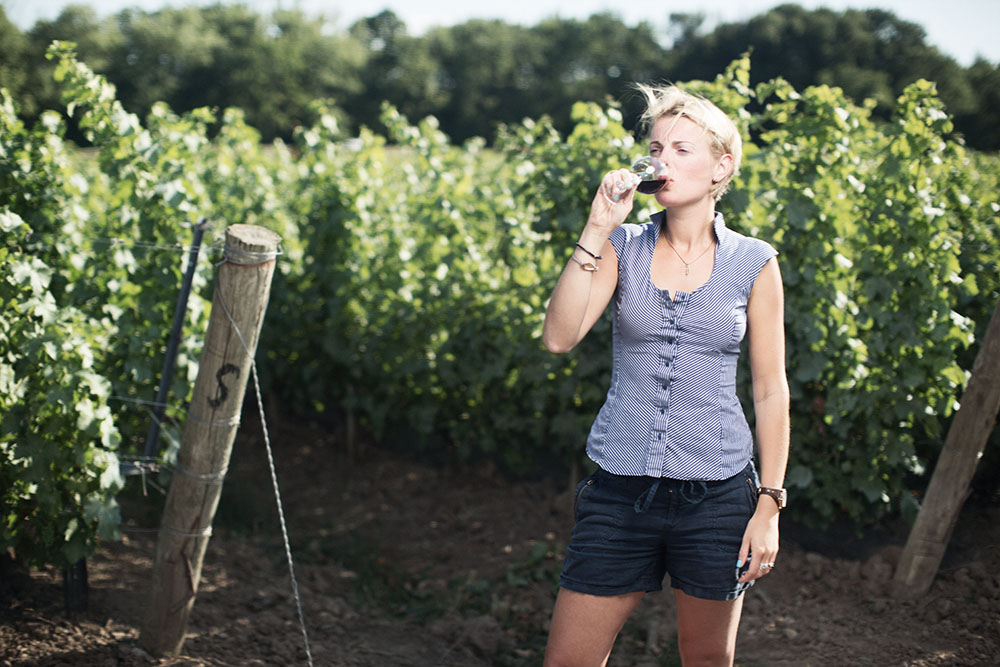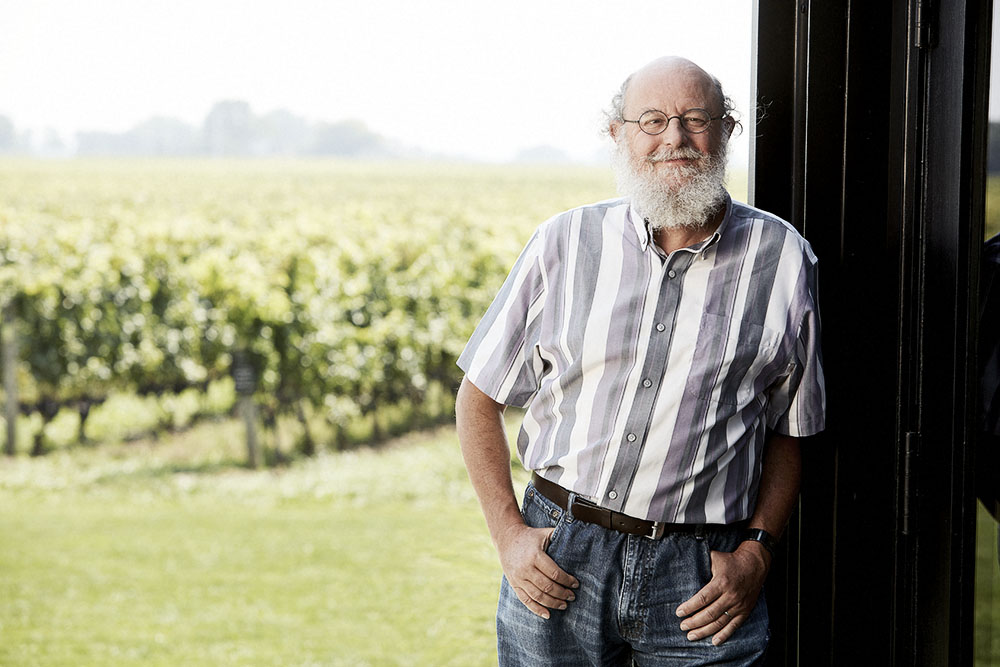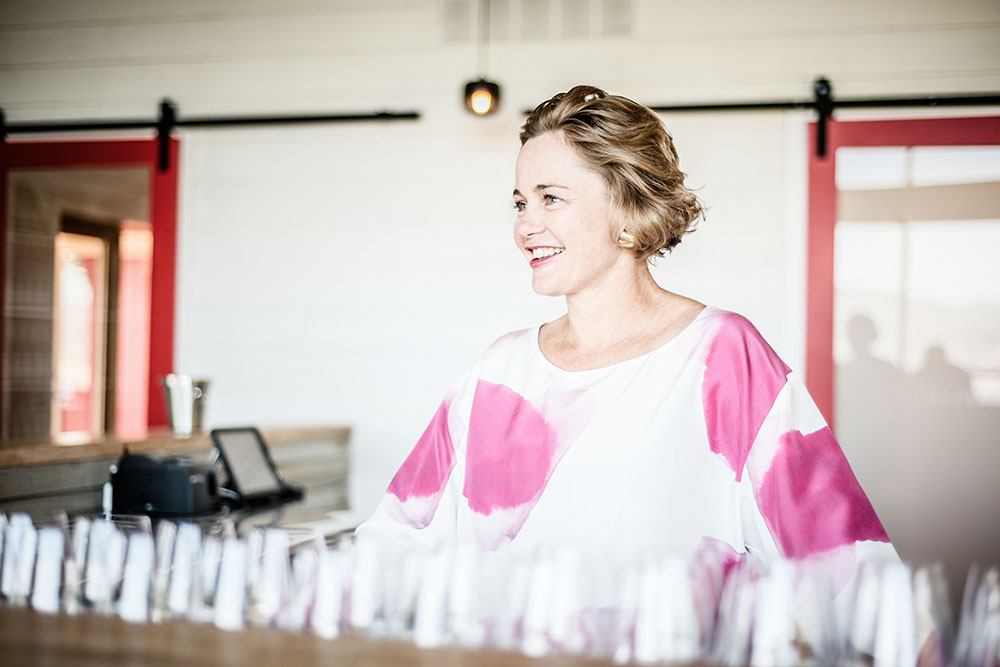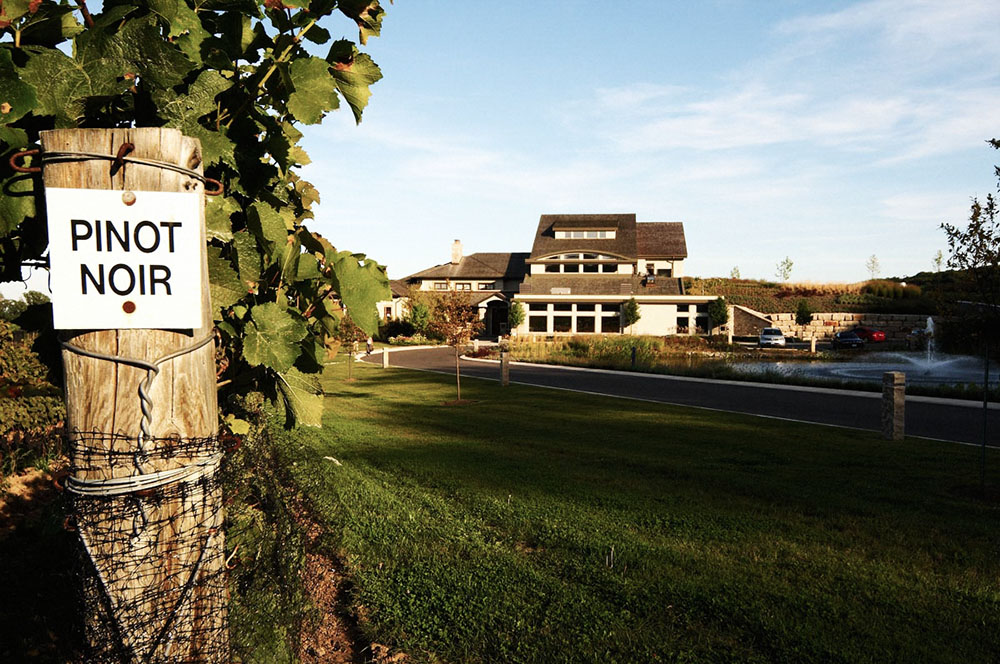There was a time when blind wine tasting was easy. Yes, it was in a previous century, but I think we can all agree that those were simpler times.
Wine hobbyists gathered occasionally to taste classified Bordeaux, great Burgundies, top Rhône vineyards, as well as older bottlings from Mosel and Alsace. I vaguely remember sometime in the mid-to-late ’70s attending a tasting of American Cabernet Sauvignon. It was a curiosity; I was expecting to taste an ingredient rather than a finished product.
The wines were bold and sweet, rich to the point of seeming mucoid to our “seasoned” palates. I had no idea having a seasoned palate meant that I liked Old World wines. The term, along with New World, had yet to be coined. Robert M. Parker Jr. was still a few years away from becoming a thing.
These days, some roles have reversed, with European producers making powerful, fruity reds while Yanks, Aussies and Canucks use newfound restraint to make subtle, balanced, complex and long-lived wines that grow and blossom with a decade or more of cellaring.
So, for fun, I asked some folks in the Canadian industry to answer a couple of simple questions: “What does ‘Old World’ mean to you?” and, “Which of your wines fulfills those ideals?”
Here are their answers.
Amélie Boury, Winemaker
Château des Charmes Estate Winery, St David’s, Ontario
What does “Old World” mean to you?
“Old World” resonates from countries where winemaking with vitis vinifera originated. Wines taste lighter and less fruity; having less alcohol and more acidity.
Which of your wines fulfills those ideals?
Pinot Noir is definitely the Old World grape par excellence! Château des Charmes Pinot Noir, Paul Bosc Estate Vineyard ($39) is a lighter style of wine, racy, terroir-driven, earthy, with elegant tannins and a hint of black cherries.

Philip Dowell, General Manager & Winemaker
Angels Gate Estate Winery, Beamsville, Ontario
What does “Old World” mean to you?
This is a classic question when playing wine options, Old World or New World. In this context, you are asking, is this wine European or not? European wines usually would be from century-old winemaking regions, which over the course of that period have developed traditional vinicultural and winemaking practices. The New World, however, does not have such traditions, which usually sets it apart. What really sets the New World wine apart is the technology employed in the vineyards and wineries, which enables wine production in non-traditional winegrowing regions.
Which of your wines fulfills those ideals?
When choosing a wine, which I consider fulfills an Old World style, it would be one which has low technological input and something which would have been made using traditional practices going back centuries. One such wine is the Angels Five ($50), which started its life as five varieties over five vintages and matured in large old vats. A portion is siphoned off and bottled by hand and then topped up with the new vintage, creating a multi-vintage wine going back decades.
John Howard, Megalomaniac Proprietor
John Howard Wines of Distinction, Vineland, Ontario
What does “Old World” mean to you?
Personally, I have found people in the Old World wine trade to be fascinated, perplexed and motivated to engagement. Fascinated: certainly. I purchased enough grapevines over the years from Europe to plant 400 acres, generally tenfold what most Europeans might expect to own after 10 generations. Perplexed: they can’t figure out why Canada is now one of the largest consumers of wine per capita in the world — our trajectory in consumption is diametrically opposed to France’s trend. Engagement: they’re better off if they don’t desire Asia to be a singular market in the future. What would you choose between noodles and tourtière?
Which of your wines fulfills those ideals?
If you want to execute “the ultimate kick on the arse” for Europeans, pour them Sébastien Jacquey’s Megalomaniac Reserve Cabernet Sauvignon ($60). It doesn’t taste like you stirred it with a hockey stick before serving and is demonstrative of Old World elegance times many generations.
Anthony von Mandl, Founder & Chairman
Mark Anthony Group, Vancouver, BX & Mission Hill Family Estate Winery, Westbank, BC
What does “Old World” mean to you?
“Old World” in wine is about conveying timeless elegance in a bottle. It’s about being able to make wines that capture a moment in time and share a story that is truly special — it’s not how you are noticed today, but how you will be remembered tomorrow.
Which of your wines fulfills those ideals?
Mission Hill Family Estate Oculus ($135) is a wine that has always been about sharing a story — one that could only come from the Okanagan Valley in British Columbia. First produced in 1996, we have relentlessly pursued the quest of producing a remarkable, complex but elegant wine made from our own vineyards, one that could stand on the world stage and herald the potential of what great winemaking can be in this region. In Oculus, we are uncompromising in making an extraordinary wine, in a truly incredible place with a terroir and microclimates you can find nowhere else, creating a wine that captures the elegance that is uniquely Okanagan and Canadian.
J-L Groux, Winemaker
Stratus Vineyards, Niagara-on-the-Lake, Ontario
What does “Old World” mean to you?
Well, to me, being French, it speaks to the European way of making wine — traditional, classical, an expression of the land; the priority/emphasis of place over varietal.
Which of your wines fulfills those ideals?
Stratus Red ($48) is an embodiment of one single vineyard and the diversity within the best profile of a particular vintage, assembled from tasting the right balance between multiple wines. Age-worthy, delightful and contributing to a lineage of the land.

Moray Tawse, Proprietor
Tawse Winery, Vineland, Ontario & Redstone Winery, Beamsville, Ontario
What does “Old World” mean to you?
To me, Old World wines represent a time when growing conditions were cooler, and so the wine always had a great balance of acidity, freshness and often a touch of green woodiness but in a pleasant way. Alcohols were lower so the wines were more food-friendly.
Which of your wines fulfills those ideals?
Tawse Winery Cabernet Franc, David’s Block ($50). Great freshness with a balance of acidity and ripe but not overripe flavours. It’s what we strive for in all our wines.
Beata Tolley, Proprietor
MoonCurser Estate Winery, Osoyoos, BC
What does “Old World” mean to you?
An ideal Old World wine is a pure expression of terroir, with a balance of tannin, fruit and acid untainted by excessive manipulation or undue oak influence. It’s frequently at the earthy and savoury end of the flavour spectrum: complex, intriguing and downright irresistible. Centuries of practice make perfect, in other words!
Which of your wines fulfills those ideals?
Moon Curser Vineyards Dolcetto ($25). Originally from Piedmont, Dolcetto is traditionally made without any oak influence and our Osoyoos East Bench interpretation follows suit in order to let the fruity, yet surprisingly complex varietal expression lead. Dry, with the characteristic bitter finish of almonds, this delicious wine defies easy classification and invites further exploration.
Bill Redelmeier, Proprietor
Southbrook Vineyards, Niagara-on-the-Lake, Ontario
What does “Old World” mean to you?
The great Old World regions: Burgundy, Bordeaux, Champagne and the Rheingau were all on the edge climatically. Old World means wines with high acidity, often high tannin and “breed,” usually pairing well with, but not overpowering, food.
Which of your wines fulfills those ideals?
Southbrook Poetica Red ($70) because it is so delicious now and will be for another 10 years. It shows what Ontario is capable of and we still have some left! Our 2002 vintage beat Château Margaux in Larry Patterson’s tasting.
Heidi Noble, Proprietress & Winemaker
JoieFarm Estate Winery, Naramata, BC
What does “Old World” mean to you?
Old World is a very important part of my winemaking philosophy. As both a classically trained French chef and an accredited sommelier with classical wine training, Old World wisdom and rules have very much informed my approach as a self-taught winemaker. I have always thought it was important to learn the rules before you break the rules, in particular as a young winemaker in a very young New World winemaking region. Not having the privilege to be entirely land-based when starting JoieFarm, I worked with a lot of contract-grown fruit and relied on blending as a way to achieve consistency and balance, not being in full control over the exact quality and specifications of my fruit supply. This reliance on blending (a very Old World concept, as very few winemaking regions in Europe, especially France, are identified as single-variety wines) was an incredible way to achieve natural balance in wines.
Which of your wines fulfills those ideals?
I think our JoieFarm PTG ($26) is a classic Passe-Tout-Grains and an excellent example of an Old World Burgundian country wine that exemplifies this kind of natural balance. A Passe-Tout-Grains is typically a blend of Pinot Noir and Gamay and highlights the best assets and charms of both varieties, with upfront, fresh, cherry fruit of Pinot Noir being naturally balanced by the spice and earthiness of Gamay. I think there is so much wisdom in these Old World blending techniques and classic regional wines that are hundreds of years old. I may have hung my winemaking reputation (and last name!) on replicating Old World country wines, such as Edelzwicker (A Noble Blend) or Passe-Tout-Grains (PTG), but I certainly did not make these wines up!


